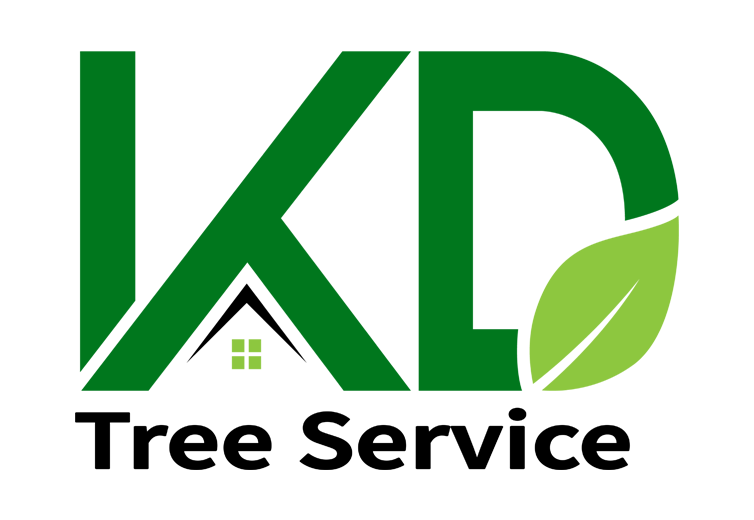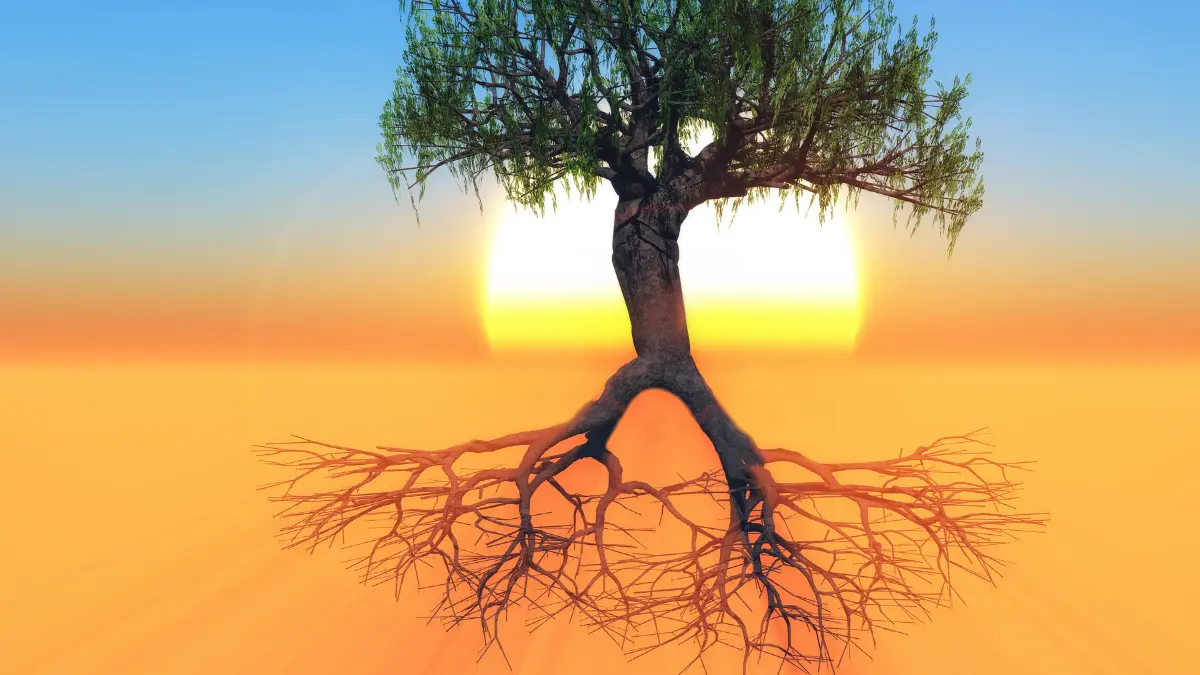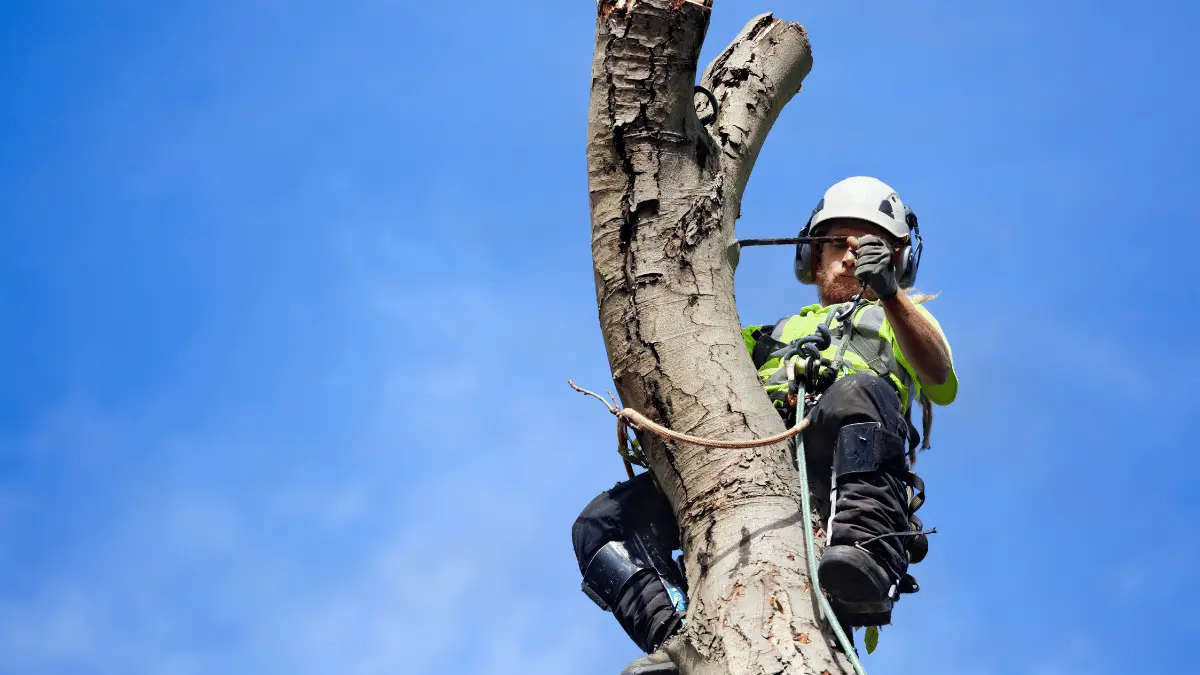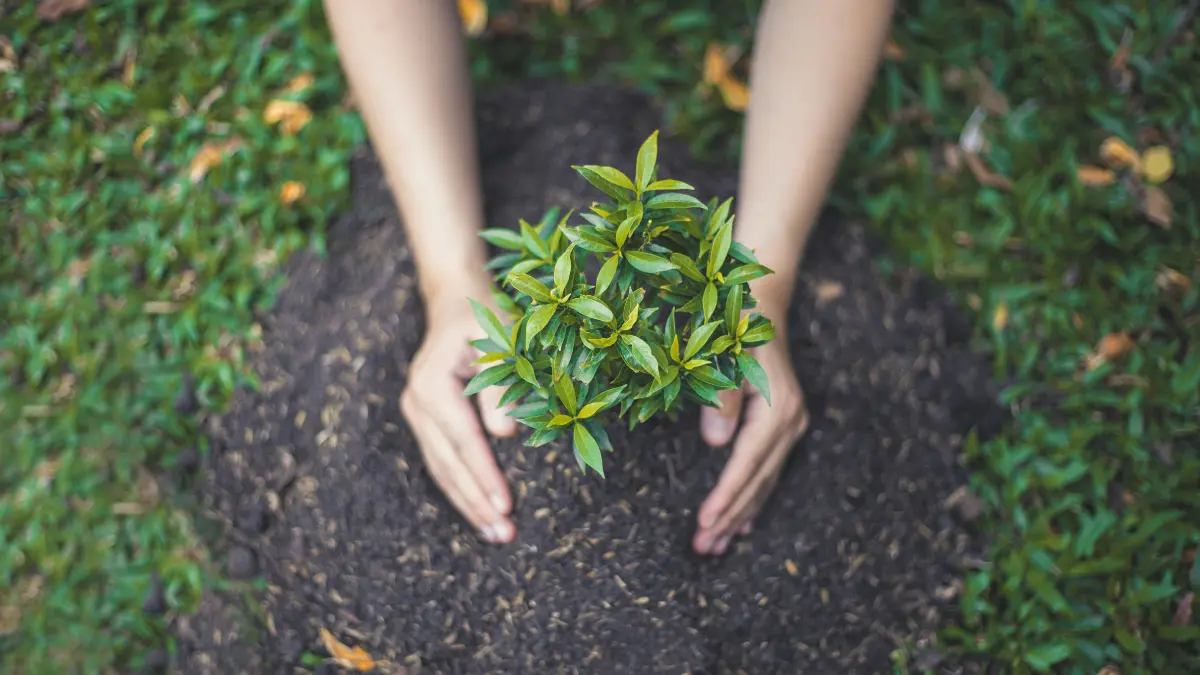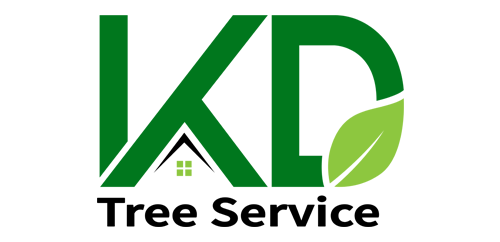Trees play an important role in the natural beauty of Rochester, New York. They provide shade, improve air quality, and enhance the beauty of our neighborhoods and properties. Trees, like all living things, can become ill. Recognizing and treating tree diseases early will safeguard your trees and keep your yard looking great for years to come.
In this blog, we’ll go over the most prevalent tree illnesses in Rochester, NY, how to recognize them, and how to cure or prevent them. If you’ve been looking for “Tree Diseases Rochester NY” or “Professional Tree Treatment Rochester NY,” this guide will come in useful.
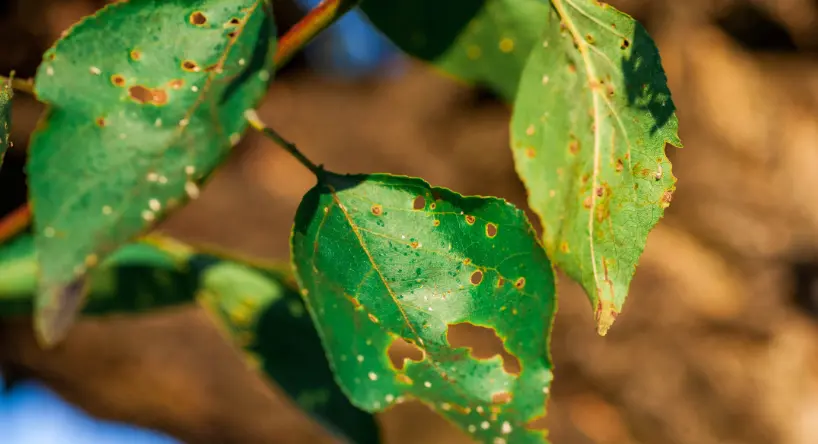
Tree Diseases Often Found in Rochester, New York
Rochester is particularly sensitive to some diseases and pests due to its diverse collection of native and ornamental trees. The following are some of the most common issues to look out for:
1.Anthracnose.
Trees Affected: Maple, Ash, Oak, and Dogwood.
- What to Look For: Leaves develop black or brown patches, twigs die back, and leaves may fall earlier than expected.
- Cause: A fungus that thrives in cool, wet environments.
How To Treat:
- During the fall and winter, prune and discard any afflicted limbs.
- Rake up and dispose of fallen leaves on the ground.
- Apply a fungicide early in the spring, before new leaves appear.
- Thin out the thick canopy so that more air can circulate through the tree.
2. Apple Scab
- Trees Affected: Crabapple and Apple trees
- Symptoms: Dark, olive-like spots on leaves or fruit and early leaf drop.
- Cause: A fungal infection that spreads in moist and humid conditions.
Treatment Steps:
- Clean up all fallen leaves in autumn.
- Spray with fungicide around bud break and again as needed.
When planting new trees, choose varieties that are resistant to apple scab
3.Fire Blight
- Trees affected: Include pear, apple, and crabapple.
- Symptoms: Blackened leaves, oozing from cankers, and shoots that look like they’ve been burnt by fire.
- Cause: A bacterial infection transmitted through water or insects.
Treatment Tips:
- Cut affected limbs at least 8 to 12 inches below the obvious symptoms.
- To prevent bacteria from spreading, sterilize equipment between cuts.
- Avoid excessive nitrogen fertilization, which results in weak, fast-growing shoots.
- If it spreads seriously, consider contacting a professional tree disease firm in Rochester, NY.
4. Powdery Mildew
- Trees Affected: Maple, Dogwood, Oak, and Lilac
- Symptoms: A fine white coating that appears on leaves, buds, or young stems.
- Cause: A fungal disease that flourishes in dry, warm conditions.
Treatment Options:
- Improve airflow by trimming nearby shrubs or branches.
- Water the base of the tree instead of the leaves.
Use natural fungicides like neem oil or baking soda sprays to treat infected areas.
5. Dutch Elm Disease
- Trees Affected: Elm trees.
- Symptoms: Yellowing and curling leaves, dead branches, and dark lines beneath the bark.
- Cause: A fungus spreads by elm bark beetles or between the roots of neighboring trees.
How To Handle It:
- If necessary, cut away and dispose of afflicted branches or trees.
- Fungicide injections can help safeguard the remaining trees.
- Keep an eye on elms during their growing season.
- Contact a nearby tree treatment service near me to check for infection early on.
6. Verticillium Wilt
- Trees Affected: Maple, Elm, Redbud, and Catalpa
- Symptoms: Leaves wilt and discolor, limbs die back, and inner wood may show dark streaks.
- Cause: A fungus that lives in the soil and enters through tree roots.
What You Can Do:
- There’s no direct cure, but improving soil and watering properly can boost a tree’s resilience.
- Heavily infected trees may need to be removed and replaced with resistant types.
- Use mulch and compost to support healthy root systems.

Tree pests and pathogens in Rochester, New York
Aside from disease, insects and other hazardous organisms can cause significant damage to trees, making them prone to further issues.
1.Emetald Ash Borer(EAB)
A bright green bug that attacks ash trees. Its larvae tunnel under the bark, obstructing nutrition and water, and frequently destroy the tree within a few years.
Treatment:
- Inject insecticides every one to two years.
- To prevent further spread, remove trees with high infestations.
- Call the top tree disease company in Rochester, NY, for assistance.
2. Gypsy Moth Caterpillars
These caterpillars feed on leaves of trees like oak, birch, and willow, sometimes stripping them entirely during an infestation.
Control Methods:
- Use sticky tape or traps on tree trunks to catch caterpillars.
- Apply insecticide in early spring when eggs hatch.
Attract birds and natural predators that feed on the caterpillars.
How to Prevent Tree Diseases.
Many significant tree diseases can be avoided by following a few easy, long-term health behaviors.
Check the trees frequently, especially during the warmer months. Early detection of disease or pests provides the best opportunity to address the problem before it spreads.
- Proper Pruning.
Use sharp, clean tools to remove any dead or dying limbs. This improves airflow and minimizes the likelihood of disease spreading.
- Watering wisely.
Deep, infrequent watering produces strong roots. Avoid overwatering or allowing the soil to dry entirely.
- Mulch carefully.
Mulch should be placed around trees to keep moisture in and weeds out, but it should not come into direct contact with the trunk.
Plant Resistant Trees.
Choose trees known to be resistant to common local diseases when adding to your landscape.

Get Help from Tree Experts.
If you’re unsure about a tree’s condition, contact a professional tree treatment specialist in Rochester, NY. Trained specialists can identify problems and suggest the best course of action.
When to Call for Help: Service Near Me
Some problems are beyond your ability to solve alone. Contact a tree care expert if:
You see big, oozing cankers or unexpected leaf loss. The tree is leaning or exhibiting indications of deterioration. You must use fungicides and pesticides safely. There are indicators of advanced disease, such as Dutch Elm Disease and,
Verticillium Wilt
To discover local pros, look up “tree care services near me” on the internet or contact the top tree disease company, like Bills Tree Removal in Rochester, NY. Certified arborists can offer the following:
- Nutrient treatments, such as deep root feeding
- Insect and pest control
- Safe chemical treatments
- Removing trees that cannot be maintained
FAQs
How can I know if my tree is sick?
Watch for discolored or spotted leaves, wilting branches, early leaf drop, cankers, or sap pouring from the bark.
Can I handle three diseases by myself?
Watering and pruning properly will take care of minor problems, and then using fungicides will help. If we’re dealing with anything more than a minor infection, then you will really need to get a specialist on board.
How can I prevent tree diseases?
Always conduct a premier inspection that is ongoing, this will make sure your trees are healthy, water properly, are pruned correctly, use mulch, and make wise choices about the type of trees that are hearty.
Conclusion
Consistent care of your trees is the most practical way of keeping the charm and value of your property safe.
With regular care, early detection, and skilled tree treatment in Rochester, NY, your trees can survive for many years. If you require expert assistance or tree removal services, do not hesitate to contact Bills Tree Removal, your trusted local tree care professionals committed to preserving Rochester’s trees, healthy and attractive.

